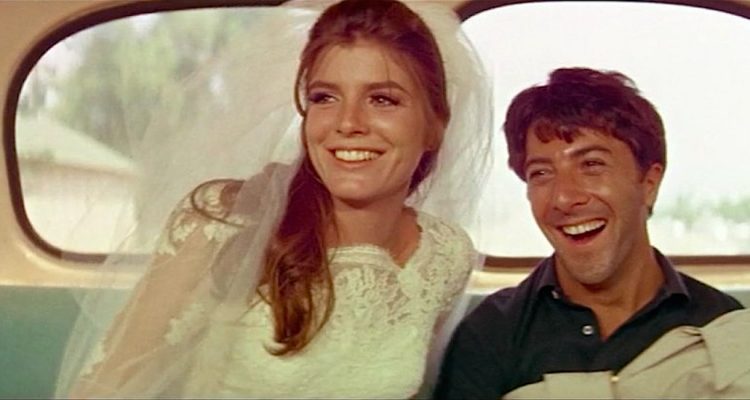“We didn’t need dialogue, we had faces,” quips Norma Desmond in Billy Wilder‘s “Sunset Boulevard.” And the starlet is right: Before dialogue-heavy independent films were the toast of the town, directors like Carl Theodor Dreyer and his “The Passion Of Joan Of Arc” and D.W. Griffith‘s obsession with Lillian Gish‘s angelic face were examples of cinema’s paramount shots. Close-ups add a level of uniqueness to a film that no other shot can; each individual actor’s expression coerces the direction of the movie and can tell a story of their own.
READ MORE: Watch: Supercut Highlights The Extreme Close-Ups In David Fincher’s Films
A new video essay from The Royal Ocean Film Society explores the momentous importance of the right facial expression, with examples from films like the aforementioned “Joan Of Arc” and Mike Nichols‘ “The Graduate.” The final scene in “The Graduate,” watching Elaine and Benjamin ride away together on a bus, is the quintessential example of consequential body language. The couple, after a film full of torrid affairs and unrequited love, ooze with insecurity as their journey together begins and neither is really certain that they’ve made the right decision — Dustin Hoffman and Katharine Ross portray diffidence seamlessly.
The Film Society specifically highlights two of director Steve McQueen‘s films, “12 Years A Slave” and “Shame,” citing the camerawork and facial expression as supreme. In “12 Years,” when Chiwetel Ejiofor‘s character, Solomon Northup, finally receives his freedom, it doesn’t take a grandiose speech to convey the emotion: Ejiofor’s tear-filled gaze into the distance speaks volumes and summarizes the essence of the entire film. In “Shame,” Michael Fassbender rides the R train scowling the rows of commuters to satisfy his sexual appetite, and when he locks eyes with a beautiful blonde who reciprocates the emotion, the sparks fly without a word spoken.
What’s your favorite close up gaze in cinematic history? Is it a McQueen shot? Let us know in the comments below.

